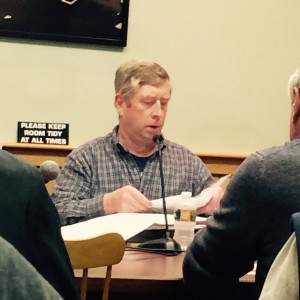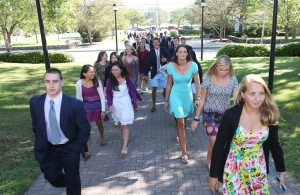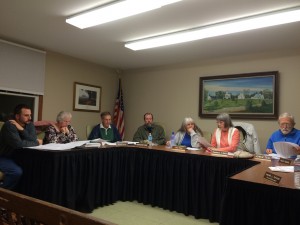Gordon M. Sequeira, 84, of Marion, died Saturday, December 19, 2015 at Tobey Hospital in Wareham. He was the husband of Delores (Martin) Sequeira.
Born in Wareham, he was the son of the late Lawrence and Mary (Mendes) Sequeira. A graduate of Wareham High School, Class of 1949, Mr. Sequeira worked as a laborer in road construction for Laborers Local # 385 in Fairhaven. He was a Korean War veteran serving in the U.S. Army from 1952 to 1954.
He enjoyed playing cards, collecting antiques and loved being with his grandchildren.
Survivors include his wife, Delores of Marion; his children, Darlene Pinckney and her husband Arthur Pinckney and Valerie Cardoza and her husband Bruce Cardoza both of Onset and Gordon M. Sequeira, Jr. of Marion; two sisters, Beverly Lima of Buzzards Bay and Maryanne Baptista of New Bedford; five grandchildren, 6 great grandchildren, 1 great great grandson and many nieces and nephews. He was predeceased by his brothers and sisters, Timeo Sequeira, Clemmie Cruz, Priscilla Harris, Lawrence Sequeira, Jr., Shirley Perry and Ronald Sequeira.
His funeral will be from the Chapman, Cole & Gleason Funeral Home, 2599 Cranberry Highway (Rt. 28), Wareham on Tuesday, December 29, 2015 at 9 AM followed by a Mass of Christian Burial at St. Patrick’s Church, High St., Wareham at 10 AM. Interment will be in Mass. National Cemetery, Bourne. Visiting hours will be Monday from 5 – 8 PM.







